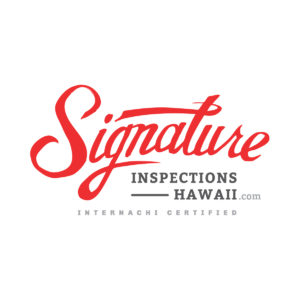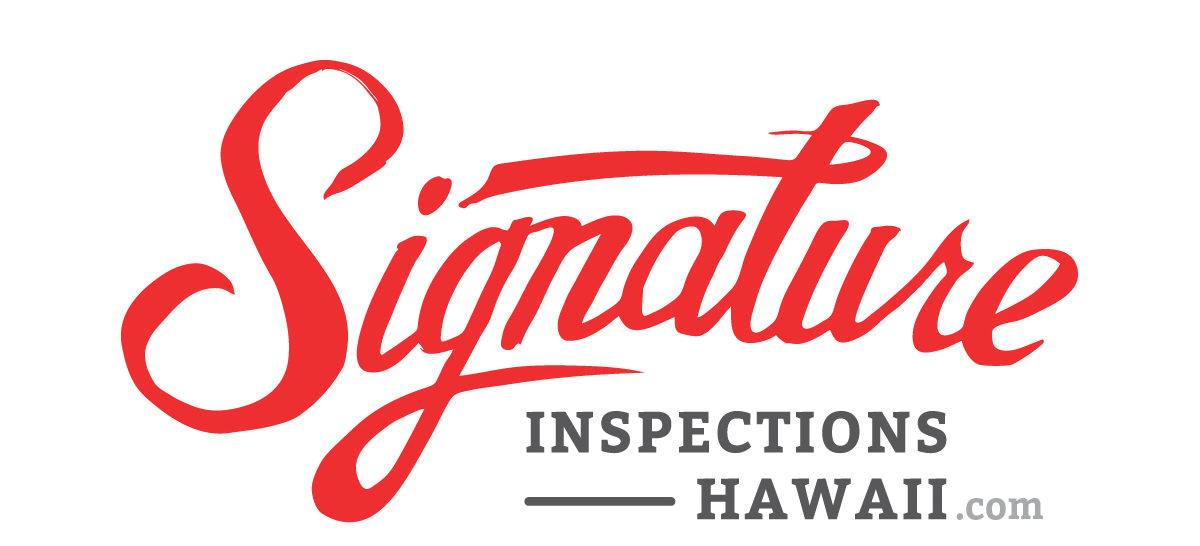Lead Facts
- Childhood lead poisoning remains a major environmental health problem in the U.S.
- Even children who appear healthy can have dangerous levels of lead in their bodies.
- People can get lead in their body if they:
- put their hands or other objects covered with lead dust in their mouths;
- eat paint chips or soil that contains lead; or
- breathe in lead dust, especially during renovations that disturb painted surfaces.
- Lead is even more dangerous to children than adults because:
- babies and young children often put their hands and other objects in their mouths. These objects can have lead dust on them;
- children’s growing bodies can absorb more lead; and
- children’s brains and central nervous systems are more sensitive to the damaging effects of lead.
- If not detected early, children with high levels of lead in their bodies can suffer from:
- damage to the brain and nervous system;
- behavioral and learning problems (such as hyperactivity);
- slowed growth;
- hearing problems; and
- headaches.
- Lead is also harmful to adults. Adults can suffer from:
- difficulties during pregnancy;
- other reproductive problems (in both men and women);
- high blood pressure;
- digestive problems;
- nerve disorders;
- memory and concentration problems; and
- muscle and joint pain
Where is Lead Found?
- in homes in the city, country and suburbs;
- on apartments, single-family homes, and both private and public housing complexes;
- on the interior and exterior of the house;
- in the soil around a home. Soil can pick up lead from exterior paint and other sources, such as past use of leaded gas in cars;
- in household dust. Dust can pick up lead from deteriorating lead-based paint and from soil tracked into a home;
- in drinking water. Your home might have plumbing that uses lead pipes or lead solder. Call your local health department or water supplier to find out about testing your water. You cannot see, smell or taste lead, and boiling your water will not get rid of lead. If you think your plumbing might have lead in it:
- Use only cold water for drinking and cooking.
- Run water for 15 to 30 seconds before drinking it, especially if you have not used your water for a few hours.
- on the job. If you work with lead, you could bring it home on your hands or clothes. Shower and change clothes before coming home. Launder your work clothes separately from the rest of your family’s clothes;
- in old (vintage or antique) painted toys and furniture;
- in food and liquids stored in lead crystal, lead-glazed pottery and porcelain;
- from lead smelters and other industries that release lead into the air;
- with hobbies that use lead, such as making pottery or stained glass, or refinishing furniture.
- in folk remedies that contain lead, such as “greta” and “azarcon” used to treat an upset stomach.
Where is Lead Likely to be a Hazard?
- Lead from paint chips, which you can see, and lead dust, which you can’t always see, can be serious hazards.
- Peeling, chipping, chalking and cracking lead-based paint is a hazard and needs immediate attention.
- Lead-based paint may also be a hazard when found on surfaces that children can chew or that get a lot of wear-and-tear. These areas include:
- windows and window sills;
- doors and door frames;
- stairs, railings and banisters; and
- porches and fences.
- Lead dust can form when lead-based paint is dry-scraped, dry-sanded, or heated. Dust also forms when painted surfaces bump or rub together. Lead chips and dust can get on surfaces and objects that people touch. Settled lead dust can re-enter the air when people vacuum, sweep or walk through it.
- Lead in soil can be a hazard when children play in bare soil, or when people bring soil into the house on their shoes.
Checking Your Family and Home for Lead
- Have your children and home tested if you think your home has high levels of lead.
- Just knowing that a home has lead-based paint may not tell you if there is a hazard.
- Children’s blood lead levels tend to increase rapidly from 6 to 12 months of age, and tend to peak at 18 to 24 months of age.
- Consult your doctor for advice on testing your children. A simple blood test can detect high levels of lead. Blood tests are important for:
- children at ages 1 to 2;
- children and other family members who have been exposed to high levels of lead; and
- children who should be tested under your state or local health screening plan.
- A paint inspection tells you the lead content of every different type of painted surface in your home. It won’t tell you whether the paint is a hazard or how you should deal with it.
- A risk assessment tells you if there are any sources of serious lead exposure, such as peeling paint and lead dust. It also tells you what actions to take to address these hazards.
- a vsual inspection of paint condition and location;
- a portable x-ray fluorescence (XRF) machine;
- lab tests of paint samples; and
- surface-dust tests.
- If you rent, notify your landlord of peeling or chipping paint.
- Clean up paint chips immediately.
- Clean floors, window frames, window sills, and other surfaces weekly. Use a mop, sponge or paper towel with warm water and a general all-purpose cleaner, or a cleaner made specifically for lead.
REMEMBER: NEVER MIX AMMONIA AND BLEACH PRODUCTS TOGETHER, SINCE THEY CAN FORM A DANGEROUS GAS.
- Thoroughly rinse sponges and mop heads after cleaning dirty and dusty areas.
- Wash children’s hands often, especially before they eat, and before nap time and bed time.
- Keep play areas clean. Wash bottles, pacifiers, toys and stuffed animals regularly.
- Keep children from chewing window sills and other painted surfaces.
- Clean or remove shoes before entering your home to avoid tracking in lead from soil.
- Make sure children eat nutritious, low-fat meals high in iron and calcium, such as spinach and dairy products. Children with good diets absorb less lead.
- Residential Lead-Based Paint Disclosure Program
- LANDLORDS have to disclose known information on lead-based paint and lead-based paint hazards before leases take effect. Leases must include a disclosure form about lead-based paint.
- SELLERS have to disclose known information on lead-based paint and lead-based paint hazards before selling a house. Sales contracts must include a disclosure form about lead-based paint. Buyers have up to 10 days to check for lead hazards.
- Pre-Renovation Education Program (PRE)
- RENOVATORS have to give you a pamphlet titled “Protect Your Family from Lead in Your Home” before starting work.
- Take precautions before your contractor or you begin remodeling or renovations that disturb painted surfaces (such as scraping off paint or tearing out walls).
- Have the area tested for lead-based paint.
- Do not use a belt-sander, propane torch, heat gun, dry scraper or dry sandpaper to remove lead-based paint. These actions create large amounts of lead dust and fumes.
- Lead dust can remain in your home long after the work is done.
- Temporarily move your family (especially children and pregnant women) out of the apartment or house until the work is done and the area is properly cleaned. If you can’t move your family, at least completely seal off the work area.
- If you have already completed renovations or remodeling that could have released lead-based paint or dust, get your young children tested and follow the steps outlined to protect your family.

Signature Inspections Hawaii, LLC, is FULLY Insured & “NATIONALLY CERTIFIED” by InterNACHI. InterNACHI also requires inspectors to continue their education through accredited courses, conferences, online learning, etc… and annual Inspector Certificate Testing in order to hold a current certificate.
Contact Us Today || Book You Inspection Now
808.388.3425
Trevor Drinen | CPI Certified Professional Inspector # NACHI16122702
*For a more detailed explanation of the inspection process please feel free to visit: InterNACHI Residential Standards Of Practice and InterNACHI Code Of Ethics .








